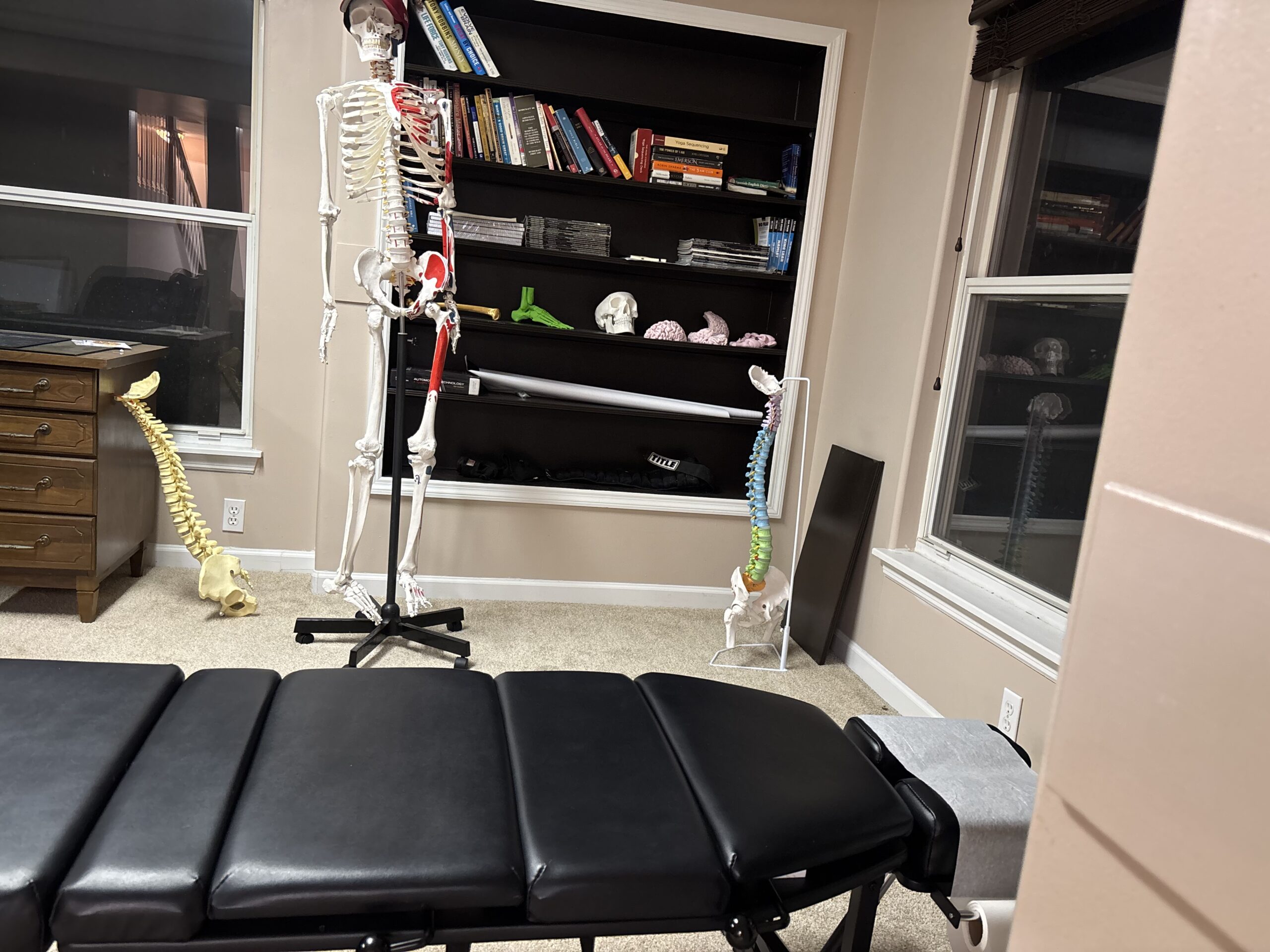As technology continues to be integrated into classrooms, its impact on the spinal and postural health of children raises important questions about long-term effects on their physical well-being and development.
Chiropractor Dr. Luke Yoder said that technology has an impact on children in a negative way. One of the most prevalent ways is how technology is affecting children’s posture.
“From a physiological standpoint, when you look down at your phone, for example, that is 60 pounds of pressure on your cervical spine,” Yoder said.
This pressure can lead to long-term effects, with “text-neck” being one of them.
“What that means is forward head posture and an increase in thoracic spine flexion, making a hump at the top of the upper back and a reverse-curve in their neck.” Yoder said
While technology is a large part of everyday life, Yoder said that parents need to recognize its role, and understand the effects that it can have on their children.
“A good start is making parents aware that screen time is detrimental to their child’s health,” Yoder said. “Screens and technology are harming your kids in ways that you can’t even imagine.”
By recognizing the harm that screen time and technology can have, Yoder believes that larger physiological issues can be avoided through monitored screen time during the developmental stages of children.
Elementary schools, high schools, and even colleges and universities across the United States have taken on a technology-based learning approach, even in Grant County. While there are many benefits to this use of technology, there are also some dangers.
Jordan Harmon, the mother of an eighth grader at Oak Hill Elementary School, recognizes just how much screen time her child is being exposed to on a daily basis.
“It has definitely overtaken,” Harmon said. “Book, paper, pencil, everything is transmitted online.”
Harmon explains that on top of the screen time at school, at-home screen time needs factored into the equation as well.
“Even though they’re interacting with electronics all day at school, they’re then coming home and then just being interactive with it all night long as well,” Harmon said.
Allison Troyer, an Indiana Wesleyan University student, is doing a student-teaching practicum at Northview Elementary School. Troyer said that there has been an increase in the use of technology in the classrooms at Northview.
“A lot of my friends’ classrooms are on iPads literally all day long,” Troyer said.
Troyer explains that technology has replaced a lot of the traditional classroom activities, such as reading and writing.
“There is this app called Epic, and Epic reads the books to you so you don’t even have physical books in some classrooms, they just listen to the stories or read the stories online,” Troyer said.
Traditional standardized testing has even made the shift towards the digital realm, as well as the in-class games and activities that students participate in during the school day.
“Everything that they do, at least in the spring, is prep for i-Ready and ILEARN, so they’re on their iPads doing practice,” Troyer said. “They also do games on their iPads instead of games in class with their classmates.”
As technology continues to play a large role in education, parents and teachers’ understanding of its impact can play a big role in the physical health and development of a child.

